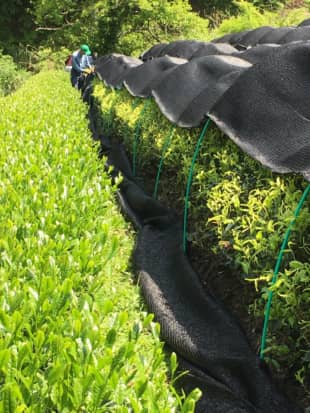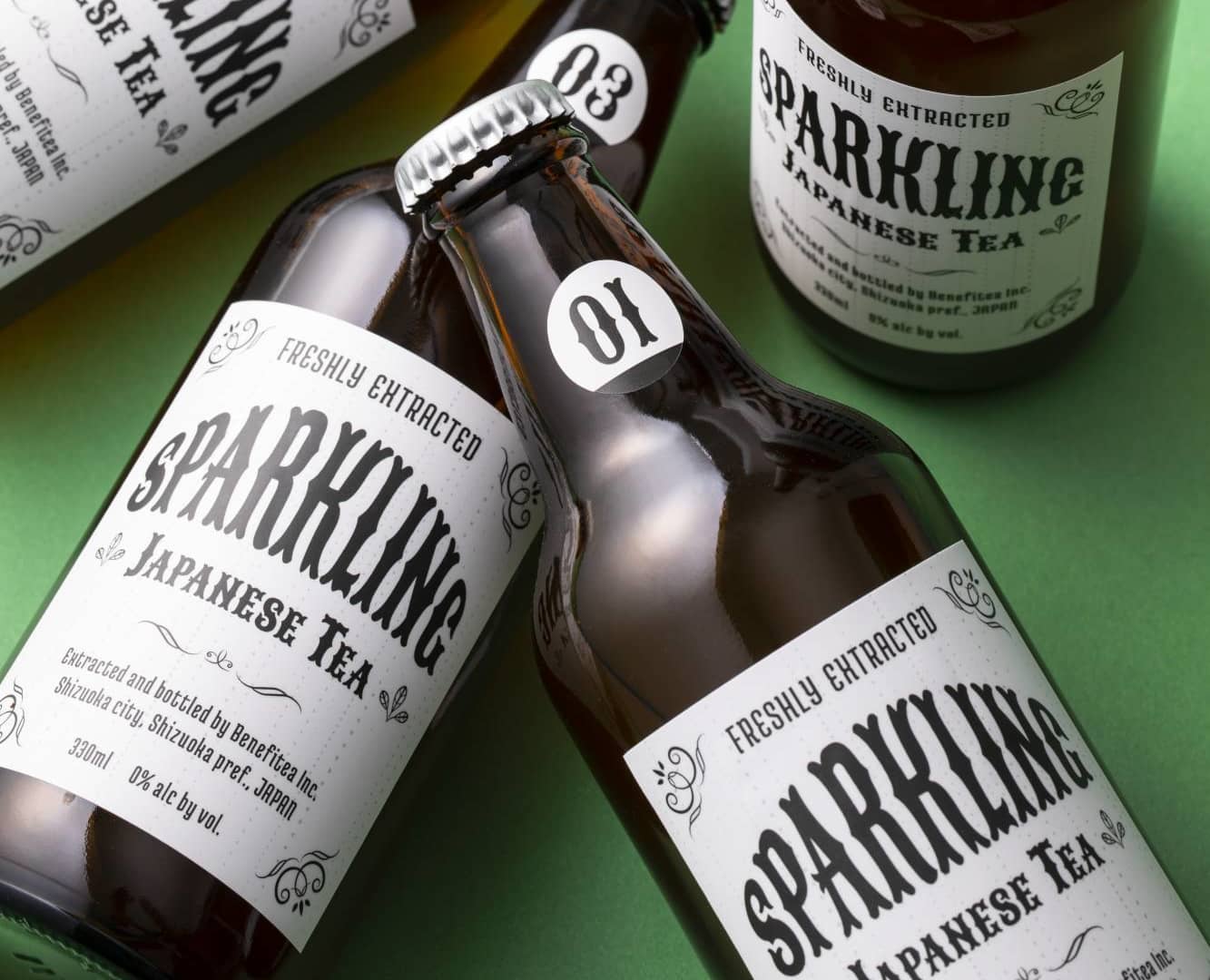Since tea cultivation began around 800 years ago in what’s now Shizuoka Prefecture, it has been renowned as Japan’s largest tea-producing region. But decreasing demand for nihoncha, or Japanese tea, has raised worrying signs for the future.

“Tea sales have dropped sharply and prices remain low — poor prospects discouraging young growers from entering the business. It’s a vicious circle,” says Hiroyasu Nishizawa, president and representative director of Shizuoka-based Benefitea.


















With your current subscription plan you can comment on stories. However, before writing your first comment, please create a display name in the Profile section of your subscriber account page.